Crawling Lines
Crawling Lines
By Feng Xi
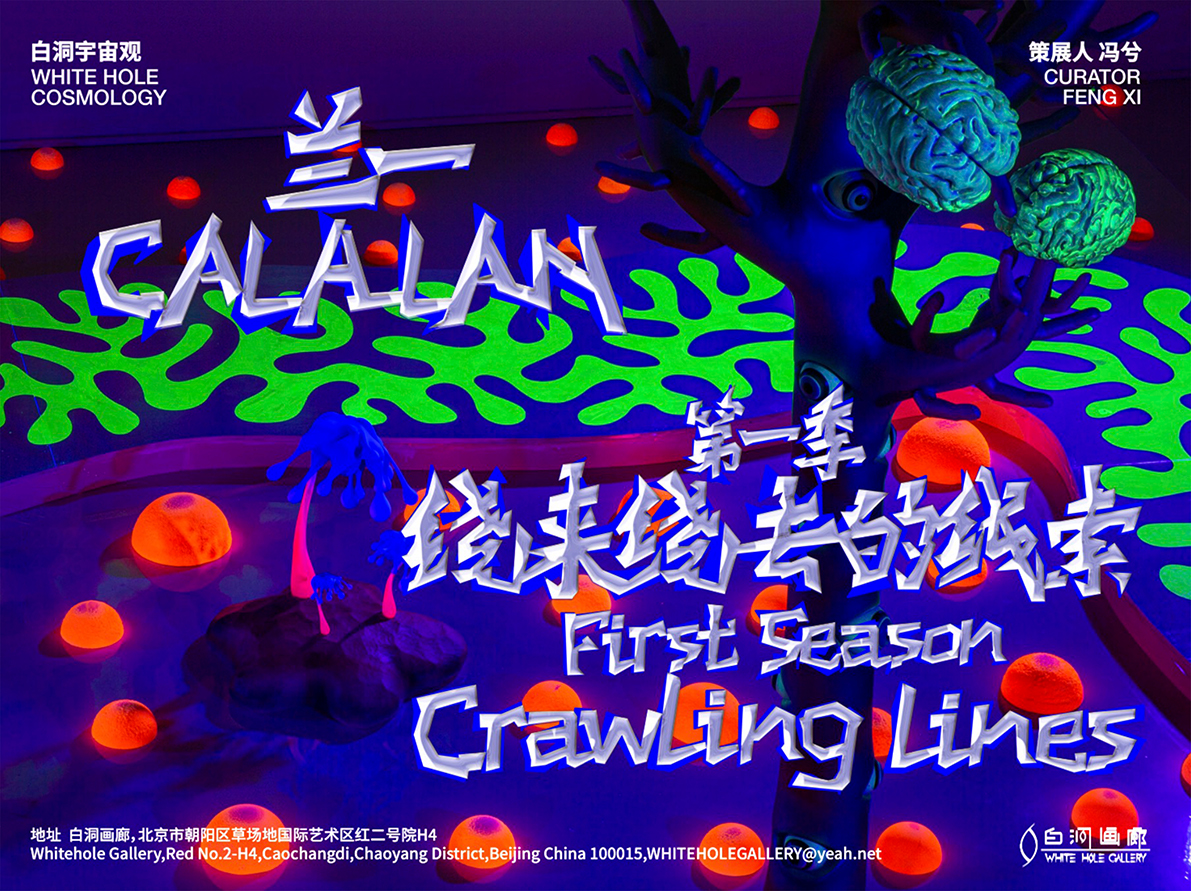

![]() There are countless shapes and forms within the world, but can they be measured with a single line? LAN addresses this question through his “Crawling Lines” series, which depicts a living, endless vine from the world of dreams that entangles everything and weaves thought and reality together as it twists and turns.
There are countless shapes and forms within the world, but can they be measured with a single line? LAN addresses this question through his “Crawling Lines” series, which depicts a living, endless vine from the world of dreams that entangles everything and weaves thought and reality together as it twists and turns.
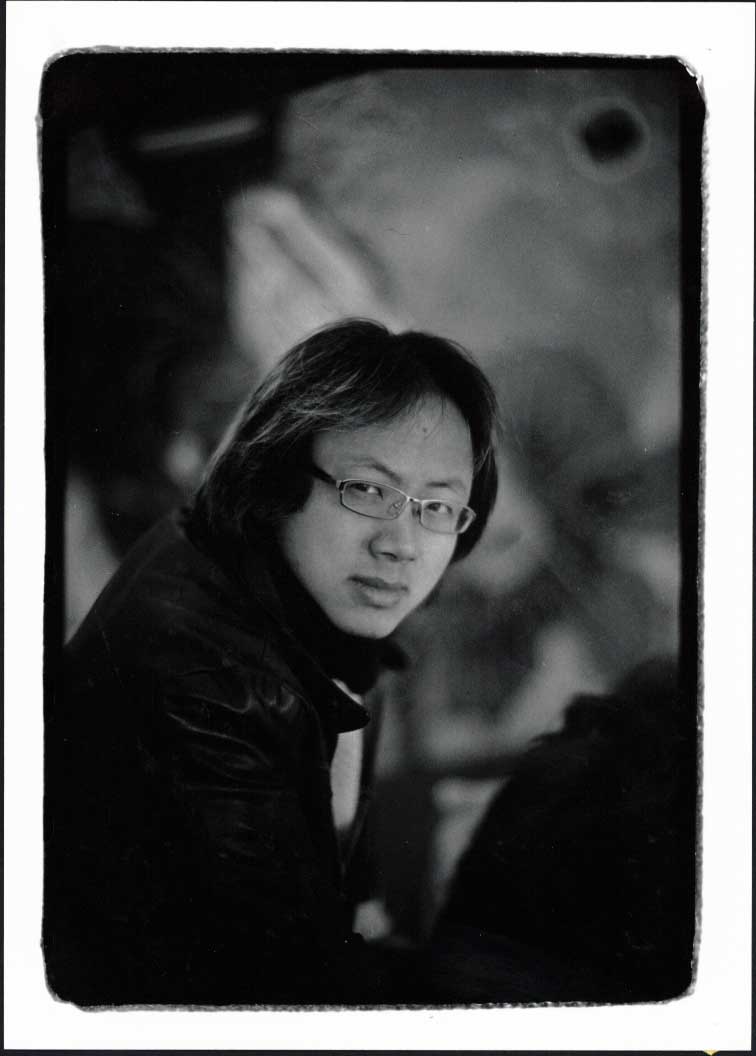
When he was studying in France, LAN's studio was as crude as those of other international students. To paint, he had to put away his folding bed and spread a vast canvas on the ground, almost filling the whole room. For a long time, he could only create by stepping on the canvas. His studies in Europe broke through the lessons of his domestic art education, and LAN started experimenting with more expressive painting methods, using purer, more vibrant colors and bold, powerful lines to outline objects. He also cared very much about social events, and on the day of the September 11 attacks, he created “911” in two hours, recording and expressing his shock and sorrow. Motivated by reality and emotion, his creations at this time showed a tough attitude, and he used clear, fluid, confident lines to outline shapes. Eventually, he combined the extension of “crawling lines” with his flattening treatment to form a new technique.
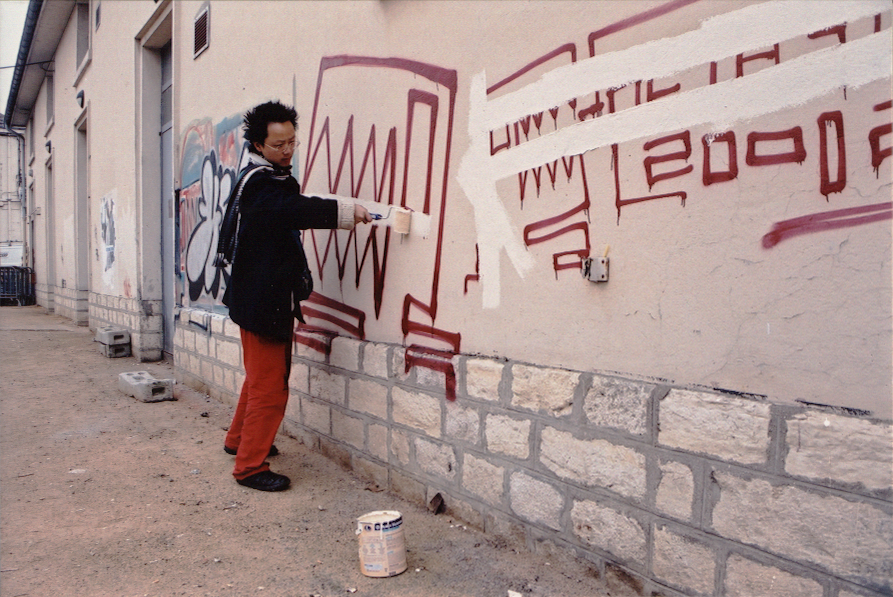
Tired of being confined to a limited creative environment, LAN ventured out of his studio and began pursuing street graffiti as it afforded him more creative freedom. In the streets of France, anything the eye could see, from walls and mailboxes to windshields, became his canvas, and “crawling lines” were almost ubiquitous in his graffiti. The conventional curved lines, hard-edged square shapes, and planar languages formed by large areas of solid color (red, blue, green, etc.) combined with black all came together to create positive and negative spaces intertwined with lines, generating a mixture of two intermingling images. Over time, he created more “crawling lines”-themed graffiti. LAN’s iconic little square monster was also born at this time, along with his unique time stamp, in which, for example, a ‘0’ would be added in the middle of 2006 to become ‘20006’— forming a unique time logic and seemingly representing the beginning of a new era. On his friends’ kitchen wall, graffiti depicting a pair of little red and blue monsters were permanently preserved. When his friends redecorated the house, the only thing they kept was LAN's work, which became the most important evidence for proving the relationship between LAN's graffiti and people. While studying abroad, “crawling lines” was the central theme of many of his works, and this led him to produce more physical creations that “invaded” and “damaged” public spaces, laying a solid foundation for his future works.
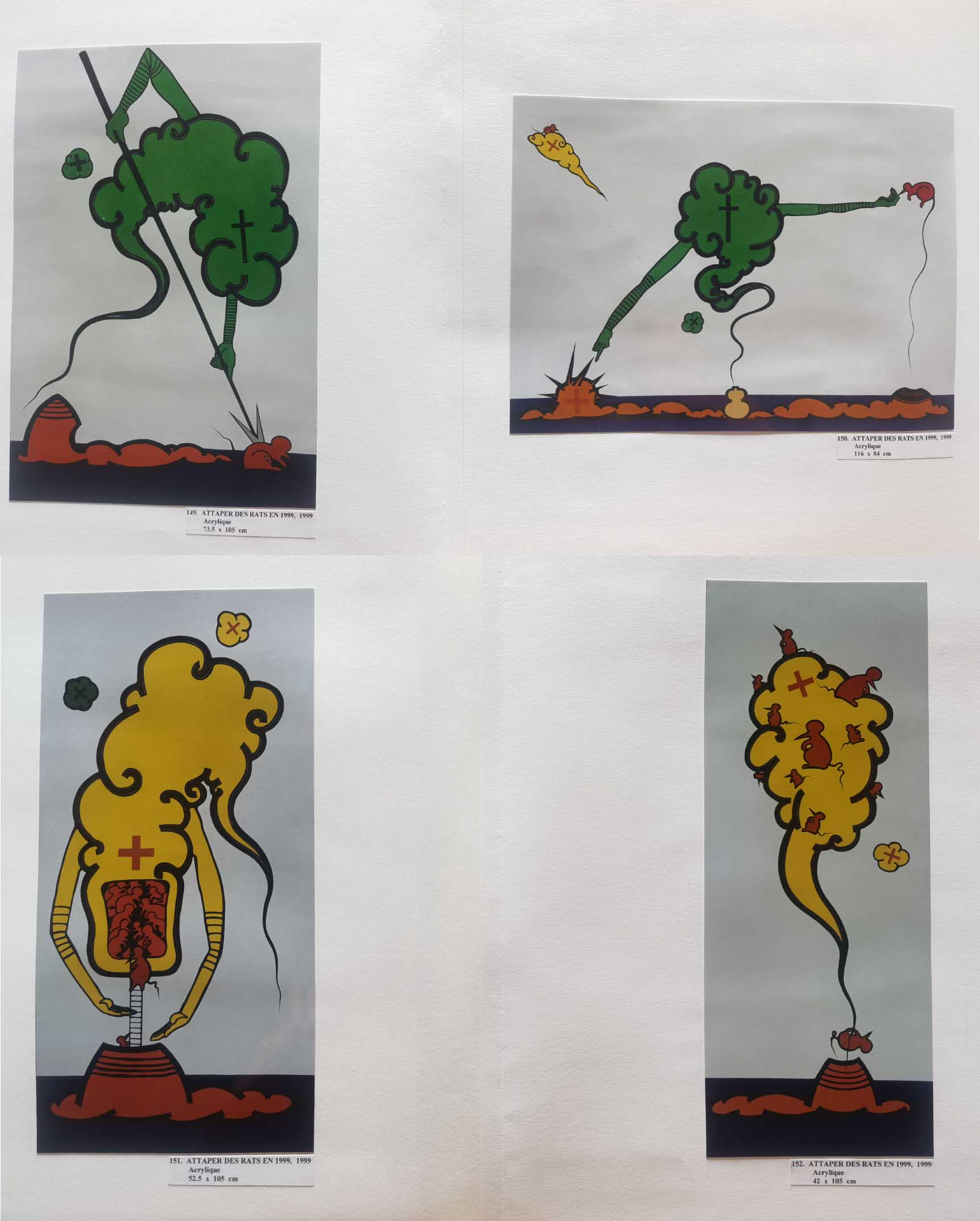
In the 1990s, when LAN was studying at the Sichuan Fine Arts Institute, he hardly did any form of serialized creation. His rebellious character granted him many imaginative ideas which often contradicted the norms of the Institute’s education system. During this period, when his designs were mainly guided by instinct, LAN started developing a formal language similar to “crawling lines”, the themes of which included animals, human beings, and plants. He used a diverse range of methods in the early stages, including painting, photography, paper cutting, collage, and an extensive range of materials. This style also continued into his work while studying in France, when LAN took ready-made items such as French fashion magazines and used “crawling lines” to break them down and turn them into absurd comedic tales. For the Sichuan Fine Arts Institute’s Graduation Exhibition, he created a huge work composed of various large paintings titled “The Mouse Hunt”. He used black “crawling lines” and red patches to depict scenes of mice at war, which caused quite a stir at the exhibition. It was also around this time that LAN began experimenting with photography installations. He worked with his brother to take a series of conceptual photographs of bullfrogs and present them in the form of an installation. During his time at university, LAN experimented with comprehensive and diverse forms. After choosing from many different forms and methods, “crawling lines”, his most important creation, lingered and entangled themselves throughout his career.
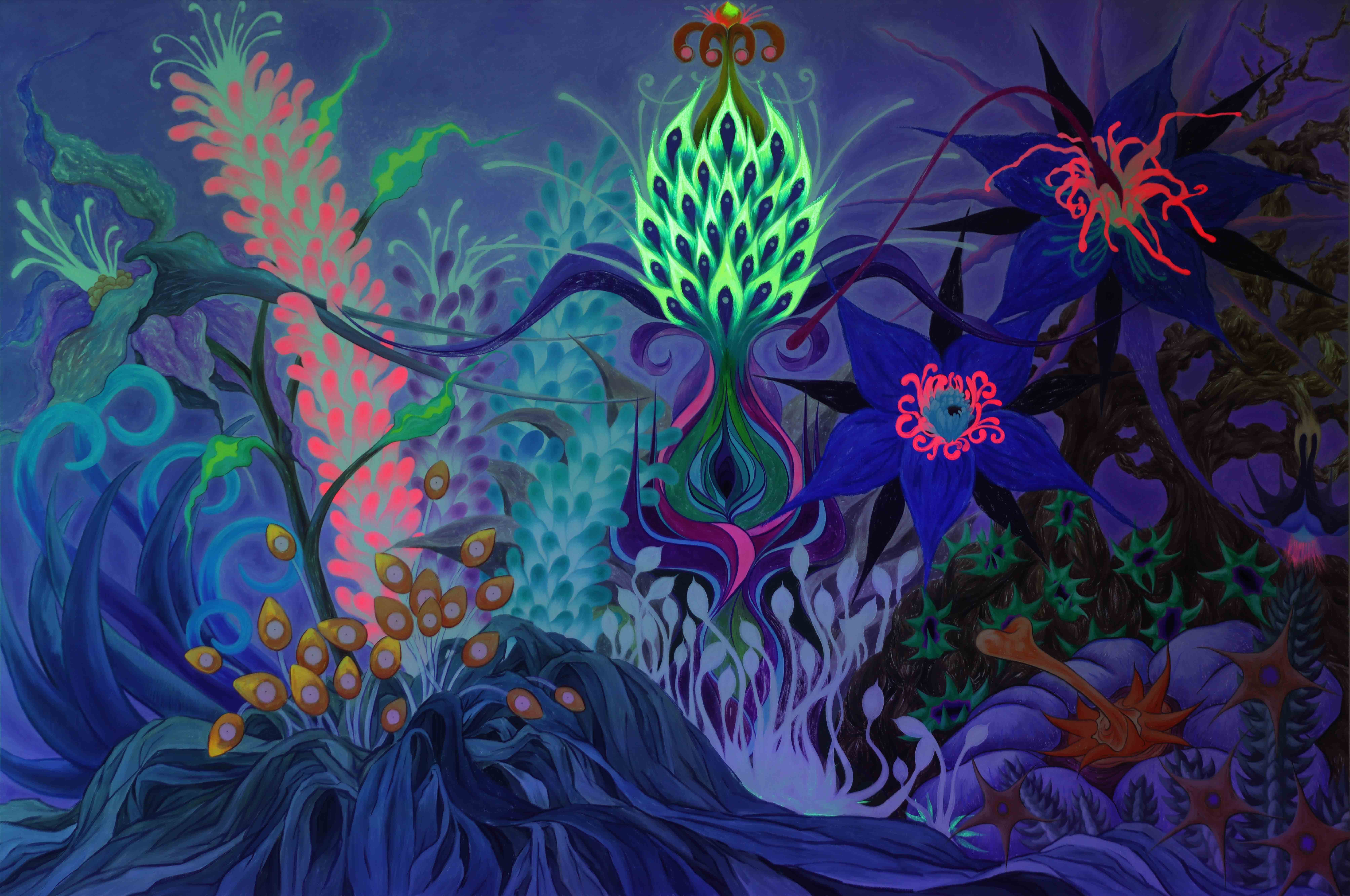
Plants frequently feature in LAN’S creations. In his view, plants encompass everything in the world, but nothing is static, and all things will eventually change according to external influences. For example, a strangler vine will grow around a whole house, and when the house falls down, the vine will retain its house-like shape. Even when the spirit or core of the inside is gone, the vine can still exist and become the spirit itself. The world described by the “Crawling Lines” exhibition came from LAN’s dreams and subconscious mind. The images in his works, regardless of their state in his dreams, appear as absurd real-life scenarios. The stories that haunt his mind can switch anytime as a sudden scene turns into a 3D one. He hides in a corner, letting the stories inside his mind develop freely and recording his emotions in detail as an onlooker. Instead of disappearing instantly, his imagination and feelings of melancholy, desolation, or fear turn into real scenes that will linger in his body forever.
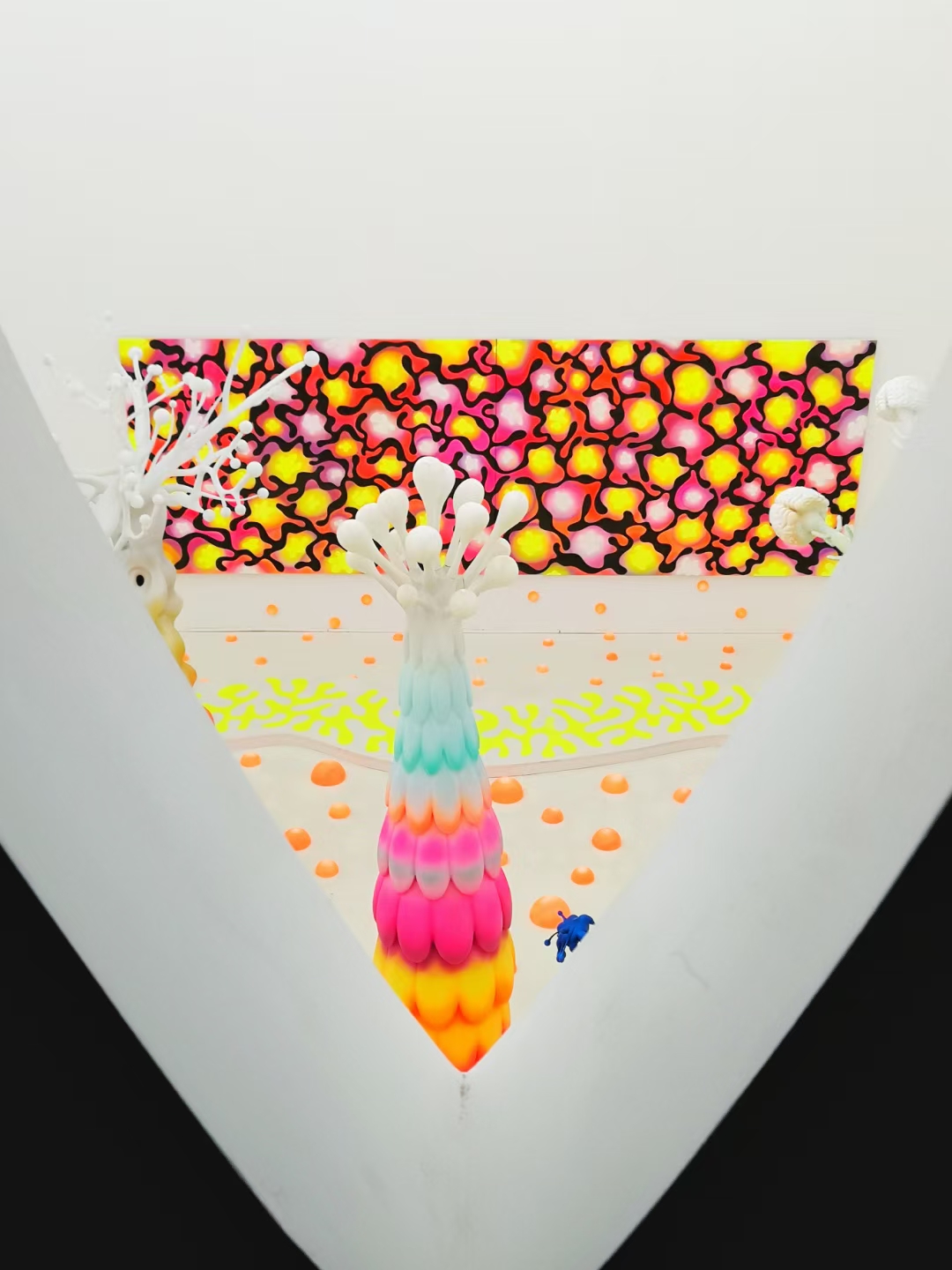
Back in reality, LAN has used “crawling lines” to fuse his dreams into a plant “body”, which lets out a mysterious sound. In his imagination, LAN erased every recognizable form and sign of life on the planet from the giant plant sculpture. The sculpture, wrapped by “crawling lines”, has a mysterious feel to it as it climbs upward and almost appears to be a path to the universe, sending codes and signals into space, calling for the arrival of another lifeform. Dreams are omens of psychic activity, and “crawling lines” weave through the exhibition hall, connecting with and blending into the paintings on the wall. When the lights are switched on, it is as if the world is waking up in the morning, and with the light reflected by the white floor, the color space is as clear as a fountain. When the black lights are lit, a sense of cosmic mystery arises with the arrival of a fluorescent world. LAN's plant, alien but intimate, appears to be alive after crossing through the black hole. At this time, standing on the fluorescent lights of the path, the audience is brought into a new site, the art site created by LAN and his “crawling lines”. Welcome to the new world.
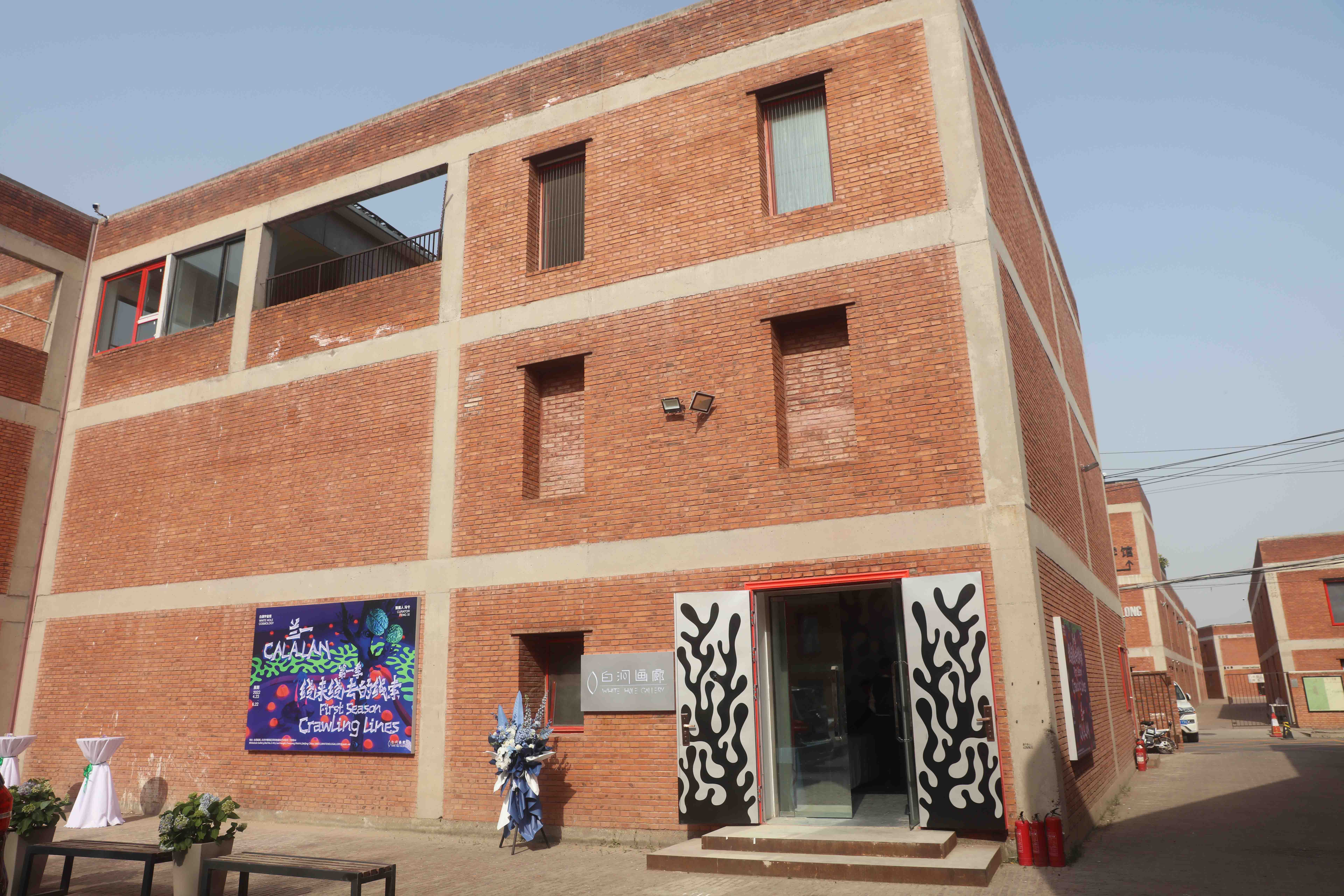
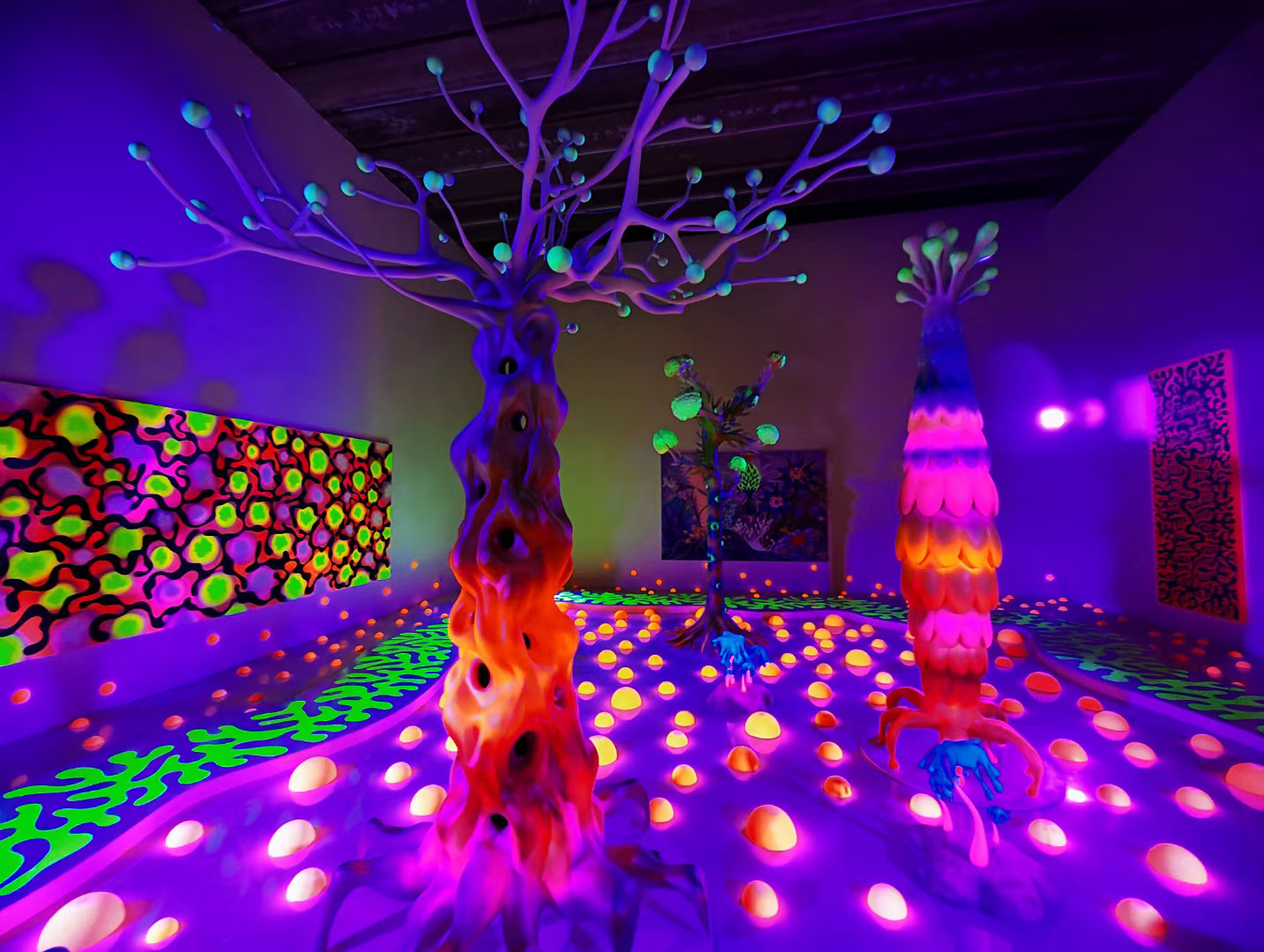
White holes are unknown energy fields in the universe, and unlike black holes, which absorb external energy, they emit matter and energy. But do they really exist? They may be just an unknown theoretical product or mathematical model existing only in the realms of imagination. However, the White Hole Gallery does exist and was originally established due to infatuation with LAN’s unlimited imagination. White Hole Cosmology is the spiritual world of a group of nihilistic dreamers wrestling and integrating with physical reality. They are not restricted by professional conditions but instead use their imaginations to create a new self-awareness and explore the unknown beyond their ability. In the first season, the exhibition is mainly presented through the language of “crawling lines”, which, from its methods to methodology, is a tool for realizing dreams and imagination. Within the two worlds of light and darkness, we will witness the "white hole" as it progresses and the lines and threads that crawl into space.
